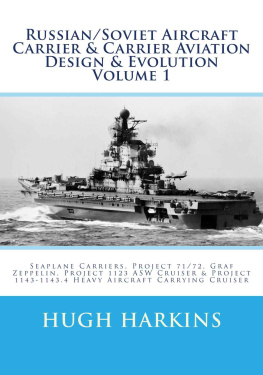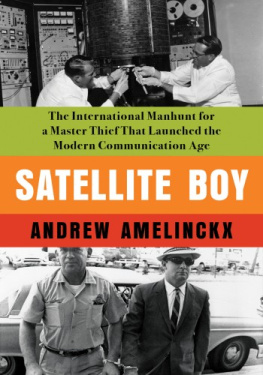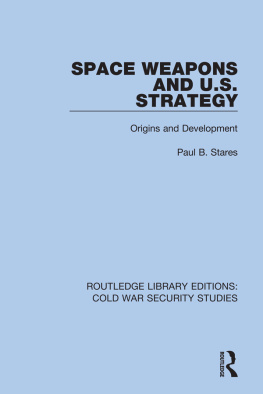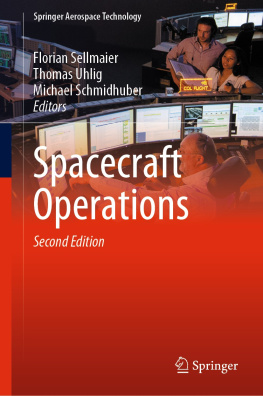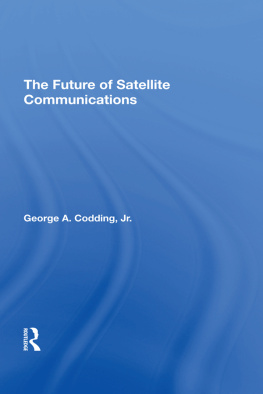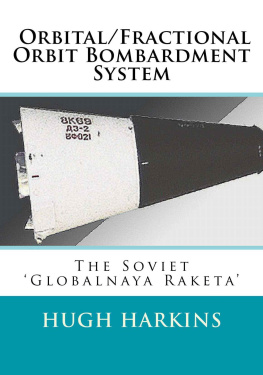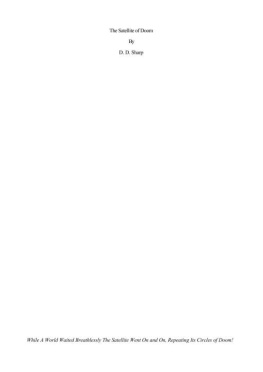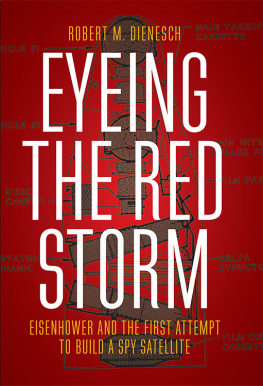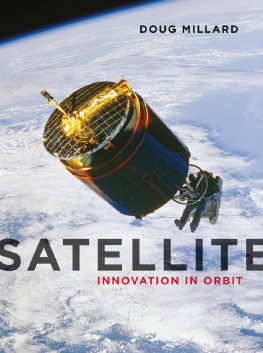Counter-Space Defence
Co-Orbital Satellite Fighter
The Soviet Istrebitel Sputnik Anti-Satellite Complex
HUGH HARKINS
Copyright 2017 Hugh Harkins
All rights reserved.
ISBN: 1903630673
ISBN-13: 978-1903630679
Counter-Space Defence
Co-Orbital Satellite Fighter
The Soviet Istrebitel Sputnik Anti-Satellite Complex
Hugh Harkins 2017
Centurion Publishing
United Kingdom
ISBN 10: 1903630673
ISBN 13: 978-1903630679
This volume first published in 2017
The Author is identified as the copyright holder of this work under sections 77 and 78 of the Copyright Designs and Patents Act 1988
Cover design Createspace Independent Publishing Platform & Centurion Publishing
Page layout, concept and design Createspace Independent Publishing Platform & Centurion Publishing
All rights reserved. No part of this publication may be reproduced, stored in a retrieval system, transmitted in any form, or by any means, electronic, mechanical or photocopied, recorded or otherwise, without the written permission of the publisher
The publisher and author would like to thank all organisations and services for their assistance and contributions in the preparation of this volume: Open Joint Stock Company Corporation Space System Special, Comet; Yuzhnoye State Design Office; PJSC Turaevo Machine Building Design Bureau, Soyuz; S.P. Korolev Rocket and Space Corporation, Energia; JSC MIC Mashinostroyenia (Joint Stock Company Military Industrial Corporation Scientific and Production Machine Building Association); JSC NPO Energomash; OSC KBKhA (Konstruktorskoe Buro Khimavtomatiky, Krunichev State Research and Production Space Centre); National Space Agency of Ukraine; State Space Corporation ROSCOSMOS; National Aeronautics and Space Administration, NASA; United States Department of Defence; Central Intelligence Agency and the Ministry of Defense of the Russian Federation
CONTENTS
INTRODUCTION | i |
| IDENTIFYING A PERCEIVED SPACE BASED THREAT | |
| COUNTER-SPACE DEFENCE CO-ORBITAL SATALLITE FIGHTER COMPLEX | |
| CO-ORBITAL SATELLITE FIGHTER DEVELOPMENT AND OPERATIONAL TESTING 1963-1982 | |
| GLOSSARY | |
INTRODUCTION
The Soviet Counter-Space Defence Satellite Fighter complex was the only dedicated anti-satellite system to be operationally deployed during the Cold War. This system, which was allocated to alert duties in 1972 and attained full operational capability in 1978, served beyond the break-up of the Soviet Union in December 1991, being decommissioned by the Russian Federation in 1993.
This volume sets out to detail, from the historical and technological perspectives, the Counter-Space Defence Satellite Fighter complex. The road, factual and propaganda, that led to the development of the ASAT complex is detailed, as well as the Counter-Space Defence Satellite Fighter complex itself, along with the flight test and development program leading to actual deployment of the system.
At varying times throughout the text the various weapon systems discussed will be referred to under their Soviet service and or manufacturer names and designations as well as, at appropriate times, under their NATO shadow designations, the latter of course being accepted by the Soviet Union for use in arms limitations and other treaties.
All technical data concerning the respective weapon systems and their components have been provided by the respective design bureau/offices, as has much of the imagery and graphics with additional impute from United States intelligence agencies and defense department, the space agencies of the Ukraine and the Russian Federation, United States National Aeronautics and Space Administration and the Ministry of Defense of the Russian Federation.
IDENTIFYING A PERCEIVED SPACE BASED THREAT
The Russians can kill us in space this was the bleak February 1978 assessment of the United States CIA (Central Intelligence Agency) chief on the survivability of much of the American dominated NATO (North Atlantic Treaty Organisation) space based communications and observation systems in the event of a war with the Soviet Union (USSR Union of Soviet Socialist Republics). The basis for the somewhat somber tone of the assessment was the distinct lack of any NATO ASAT (Anti Satellite) capability that was not mirrored by the Soviet Union, which possessed a undetermined size force of IS (Istrebitel Sputnik) Co-Orbital Satellite Fighter ( ) spacecraft that could intercept target satellites out to orbits in excess of 1500 km altitude the realm of the orbits of much of the NATO intelligence/surveillance/communications satellite capability.
As a very young boy growing up in the late 1970s there was no notion of fighter/interceptors in space other than, perhaps, the fabled Rebel X-wing interceptors and Empire Tie fighters in the motion picture Star Wars Episode IV (released in the UK in 1977). While these props of the big screen did not seem too farfetched to the vivid imagination that comes at so young an age, there was no accurate public knowledge of such weapon systems as the Soviet Co-Orbital Space Defence Satellite Fighter that had entered limited operational service almost half a decade before. Therefore, in those pre-high school years, it seemed clear that interceptors in space were a thing of the silver screen and, perhaps, the future, however near or distant. However, on looking back to yesteryear with the benefit of hindsight it seems logical, given the thinking of the time, that the militarisation of space by one or both of the power blocks of East and West was a possibility if not a probability. After all, this was the period in human history when we, as a species, were MAD, a fitting acronym for Mutually Assured Destruction, the policy that ensured that both power blocks would be destroyed in the event of a full-scale nuclear exchange true Armageddon, although this would have been no Old Testament last battle between good and evil, but the tragic conclusion to a sibling rivalry between evil and her near identical twin, nefarious.

Resembling something from the set of a James Bond movie, this was an artist depiction of an early 1980s assessment of a future Soviet orbiting space station complete with a laser defence system that could threaten other nations spacecraft. While no such armed orbital stations were planned, the Soviets were, at that time, operating small manned space stations of the Salyut type, which in-turn led to the Mir space station launched from 1986, a more practical, in technological terms, anti-satellite capability did exist in the form of the Co-Orbital Satellite Fighter. DIA
While this volume is not intended to serve as a history of Soviet rocket development, a short overview of such development milestones leading to the launch vehicles that would form major elements of the Counter Space Defence Satellite Fighter complex would seem pertinent. It is an indisputable historical fact that the post-World War II rocket programs in the Soviet Union and the United States that would lead to the dawn of the ICBM (Intercontinental Ballistic Missile) and space payload launch vehicles were born out of the ashes of World War II Germany and in particular the A-4 (V-2, FAU-2)) rocket, which was tested and further adapted by the Soviets and Americans. In the Soviet Union this lead to a 14 April 1948 government decree authorising development of what would become the R-1, the first Soviet ballistic missile derived from the A-4.
Next page

